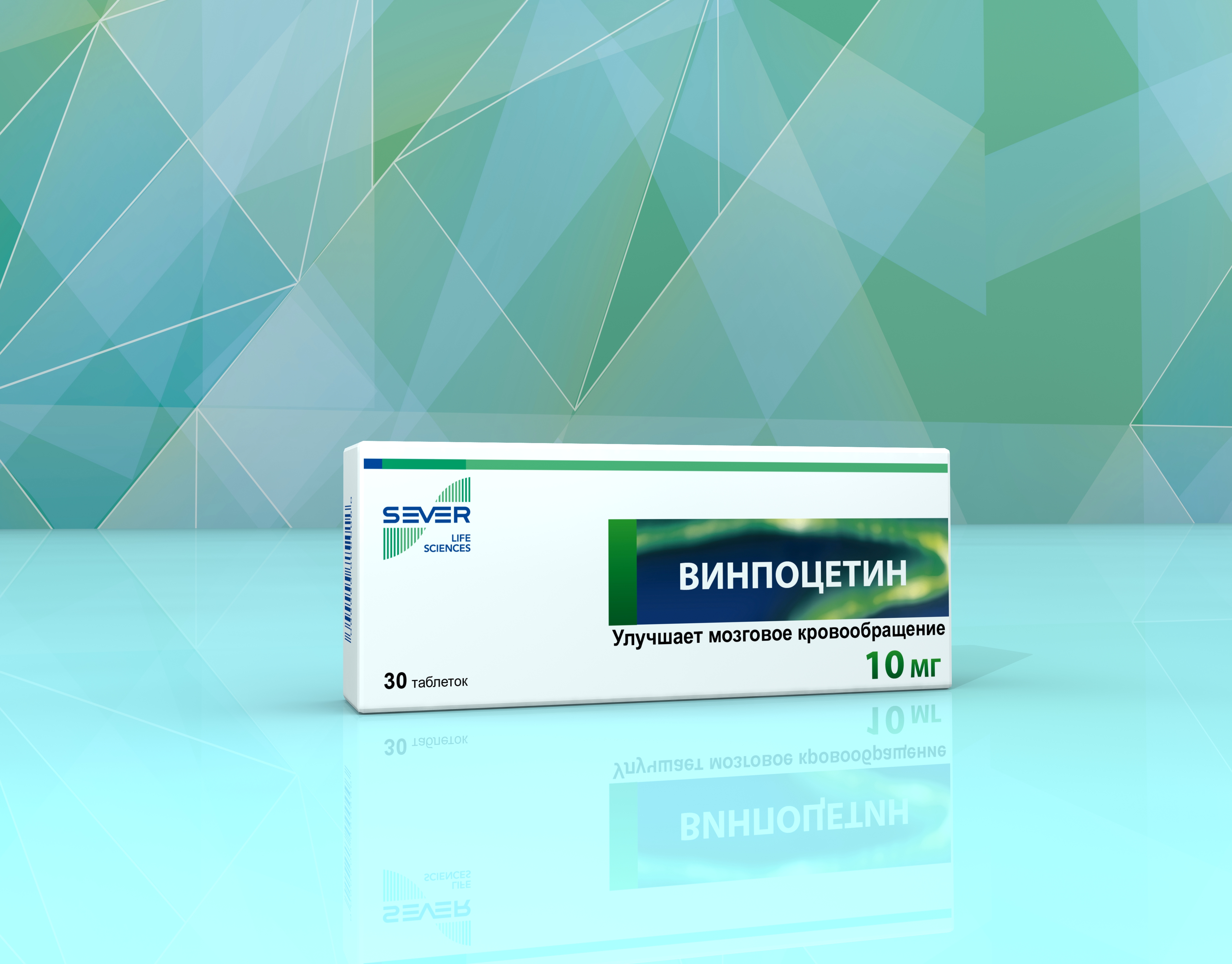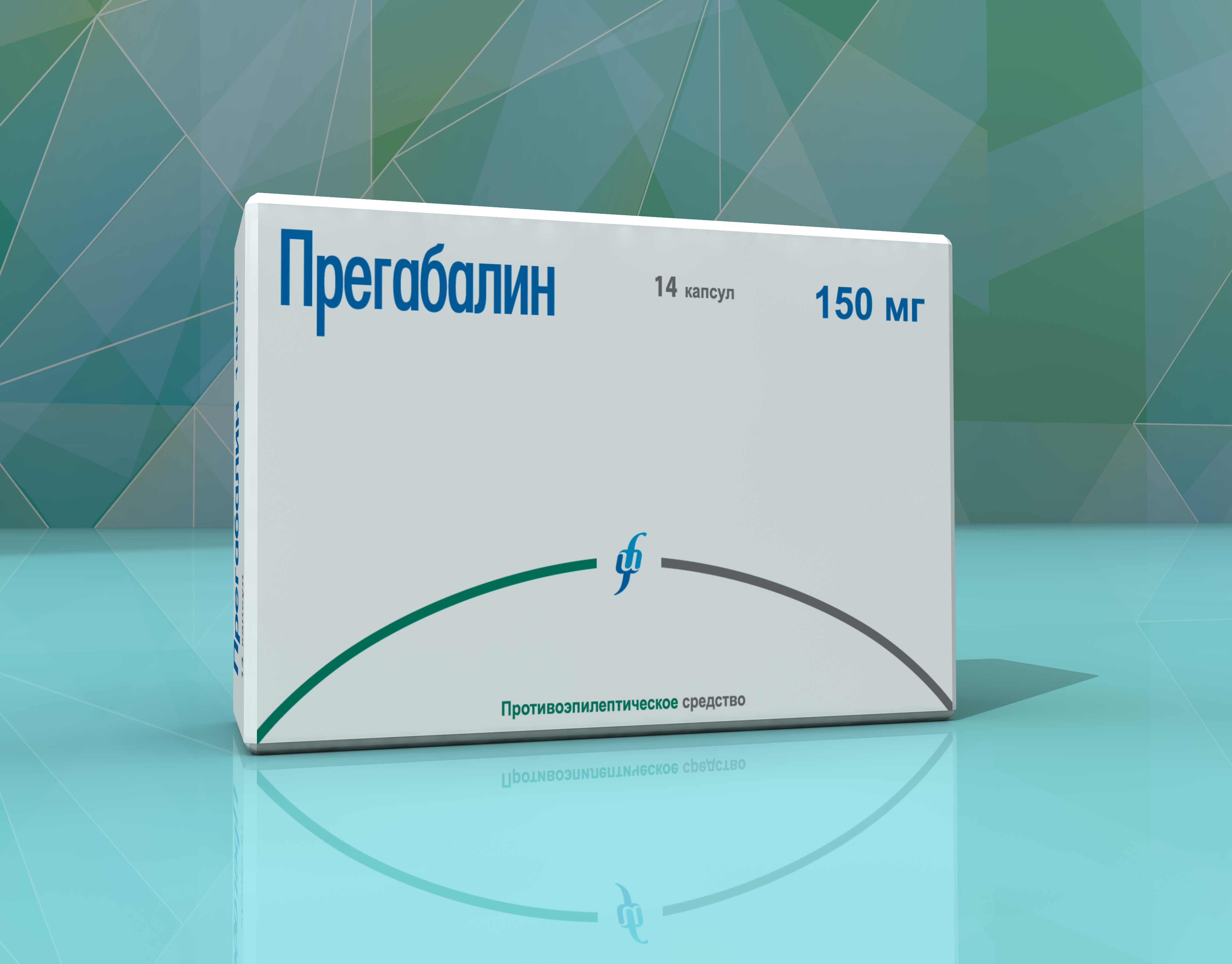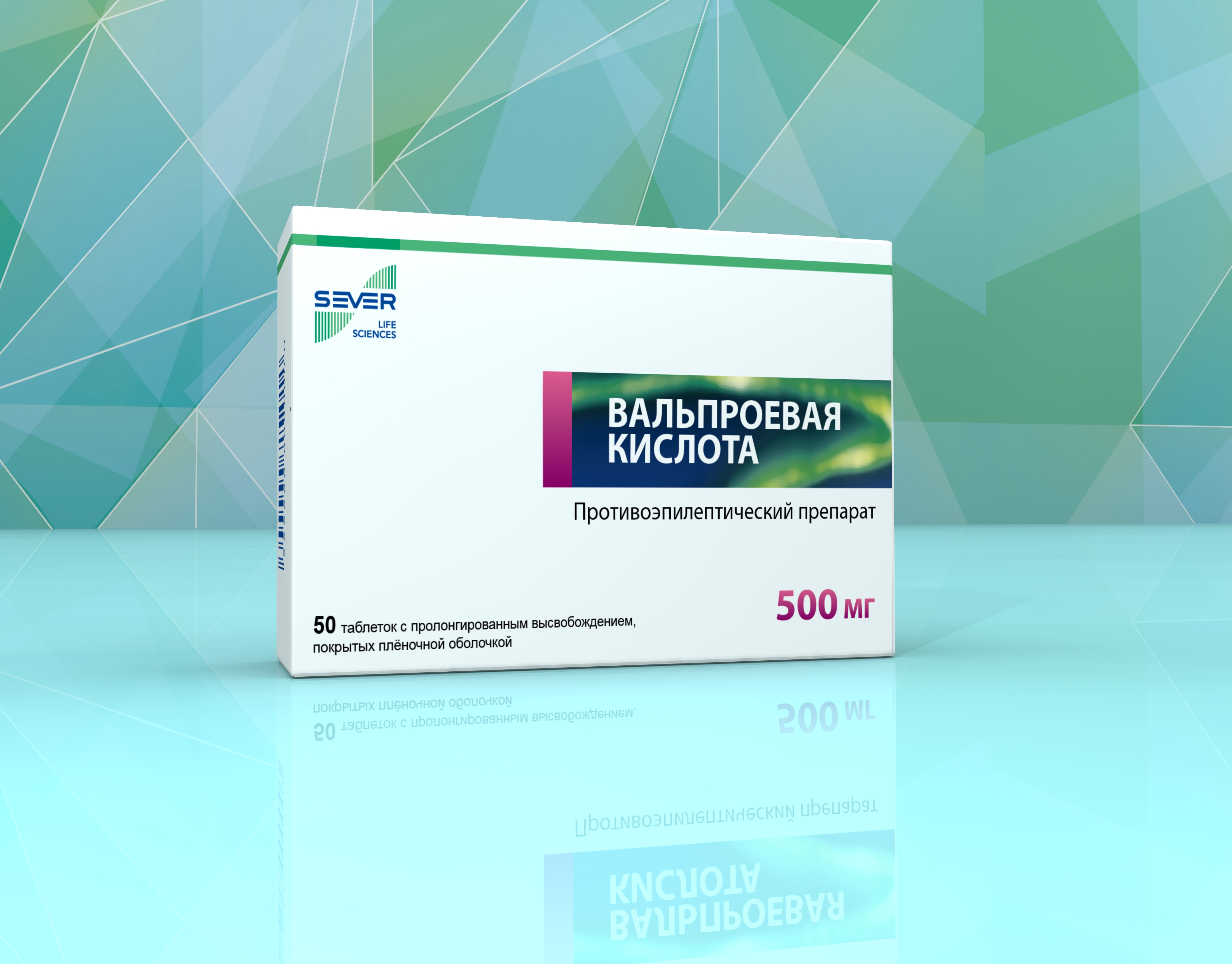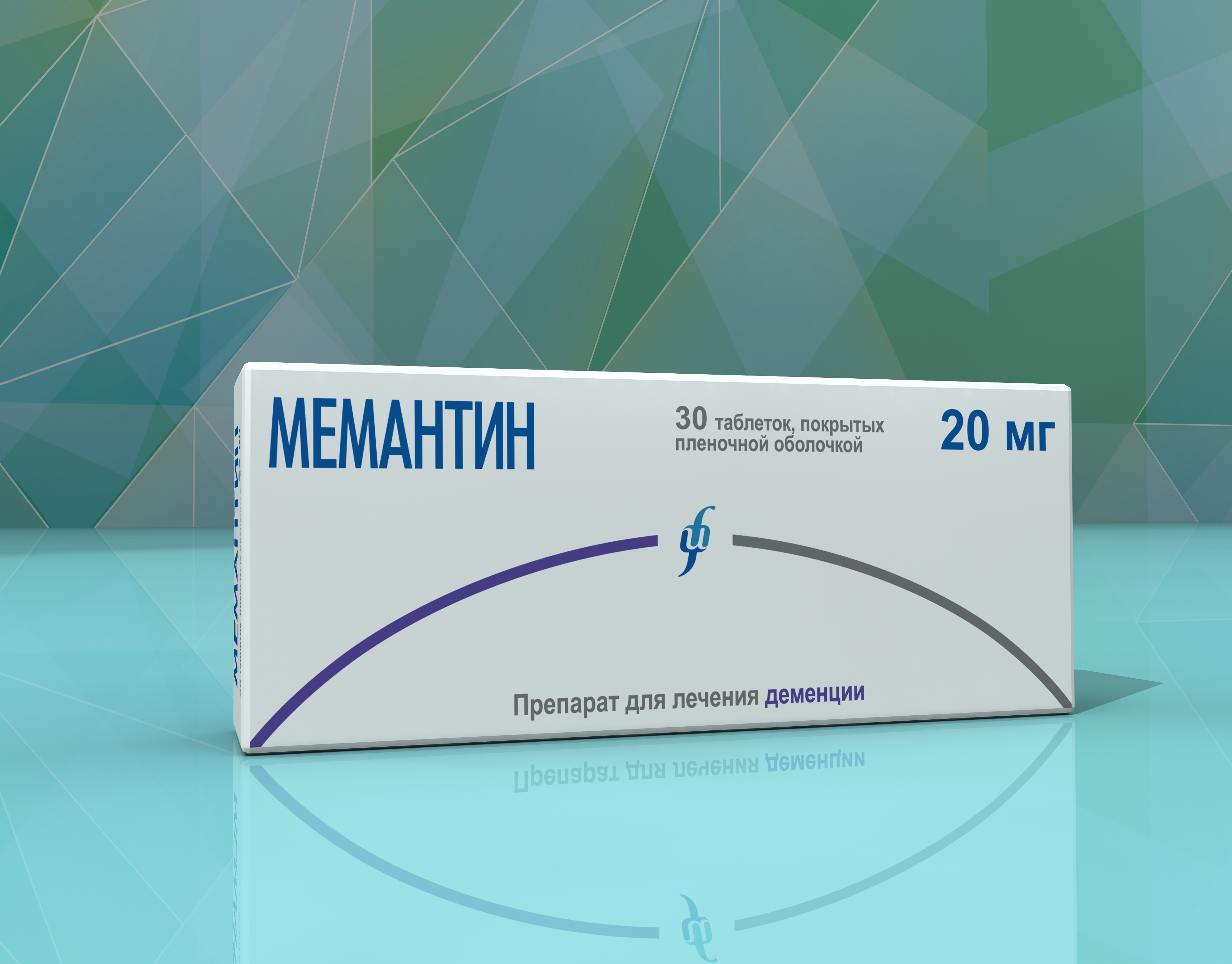1 capsule 25 mg contains:
Active substance: pregabalin - 25.00 mg;
1 capsule 75 mg contains:
Active substance: pregabalin - 75.00 mg;
1 capsule 100 mg contains:
Active substance: pregabalin - 100.00 mg;
1 capsule 150 mg contains:
Active substance: pregabalin - 150.00 mg;
1 capsule 300 mg contains:
Active substance: pregabalin - 300.00 mg;
Capsules 25 mg, 75 mg, 100 mg, 150 mg, 300 mg. 7, 10 or 14 tablets in a blister of PVC film and aluminum foil or 30 or 60 tablets in a glass or polyethylene bottle or jar sealed with a tamper-evident or ordinary cap.
1 bottle or jar or 2, 4 or 8 blisters 7 capsules each or 1, 2, 3, 4, 5 or 6 blisters 10 capsules each or 1, 2 or 4 blisters 14 capsules each with a patient leaflet are placed in a carton pack.
Neuropathic pain
Treatment of neuropathic pain in adults
Epilepsy
Adjunctive therapy for adult patients with partial seizures associated or not associated with secondary generalization.
Generalized Anxiety Disorder
Treatment of generalized anxiety disorder in adult patients.
Fibromyalgia
Treatment of fibromyalgia in adult patients.
Oral, regardless of the meal.
The product is administered in a dose from 150 to 600 mg/day given in two or three divided doses.
Neuropathic pain
The starting dose for pregabalin is 150 mg/day. Based on the demonstrated efficacy and tolerability, the dose may be increased to 300 mg/day in 3-7 days, and, where necessary, in another week - to the maximum daily dose of 600 mg.
Epilepsy
The starting dose for pregabalin is 150 mg/day. Based on the demonstrated efficacy and tolerability, the dose may be increased to 300 mg/day in a week, and in another week - to the maximum daily dose of 600 mg.
Fibromyalgia
The starting dose for pregabalin is 75 mg twice a day (150mg/day). Based on the demonstrated efficacy and tolerability, in 7 days the dose can be increased to 150 mg twice a day (300 mg/day). Patients who do not experience sufficient benefit may be increased to 225 mg twice daily (450 mg/day), and where necessary in another week - to the maximum daily dose of 600 mg. It should be noted that the dose of 600 mg/kg does not provide additional significant efficacy but is worse tolerated.
Generalized Anxiety Disorder
The starting dose for pregabalin is 150 mg/day. Based on the demonstrated efficacy and tolerability, in 7 days the dose can be increased to 300 mg/day. Patients who do not experience sufficient benefit in 7 days may be increased to 450 mg/day, and where necessary in another week - to the maximum daily dose of 600 mg.
The rationale for further therapy should be regularly evaluated.
Discontinuation of pregabalin
If pregabalin therapy should be discontinued, the withdrawal should be gradual during at least 1 week.
Patients with Renal Impairment
In patients with renal impairment, the dose should be adjusted based on creatinine clearance (CC) (Table 1) calculated using the equation:
CC (ml/min)=([140-age (years)] × weight (kg))/(72 × serum creatinine (mg/dl)) (× 0.85 for female patients)
For patients receiving hemodialysis, pregabalin daily dose should be adjusted based on renal function. Over a 4-hour hemodialysis treatment, plasma pregabalin concentrations are reduced by approximately 50%. A supplemental dose should be given immediately following every 4-hour hemodialysis treatment (see Table 1).
Table 1. Pregabalin Dosage Adjustment Based on Renal Function
|
CC (ml/min)
|
Pregabalin Daily Dose
|
Dose Regimen
|
|
Starting Dose
(mg/day)
|
Maximum dose (mg/day)
|
|
≥ 60
|
150
|
600
|
2-3
|
|
≥ 30 - < 60
|
75
|
300
|
2-3
|
|
≥ 15 - < 30
|
25-50
|
150
|
1-2
|
|
< 15
|
25
|
75
|
1
|
|
Supplementary dosage following hemodialysis (mg)
|
|
|
25
|
100
|
Single dose
|
Patients with Hepatic Impairment
In patients with impaired liver function, dose adjustment is not required (see section ‘Pharmacokinetics’).
Pediatric Patients (children below 12 years old and adolescents between 12 and 17 years old inclusively)
The safety and efficacy of pregabalin in pediatric patients below 12 years old and adolescents have not been established. Pregabalin use in children is not indicated.
Geriatric Patients (over 65 years old)
Reduction of pregabalin dose may be required in elderly patients due to compromised renal function (see section ‘Pharmacokinetics’, Renal Impairment Patients).
A missed dose of pregabalin should be taken as soon as possible. If the time of next dose is close, however, the missed dose should not be taken.









